#Giovanni Curatola
Explore tagged Tumblr posts
Text

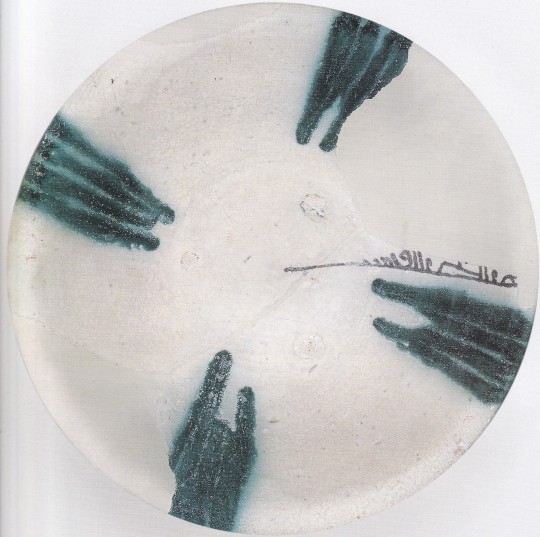
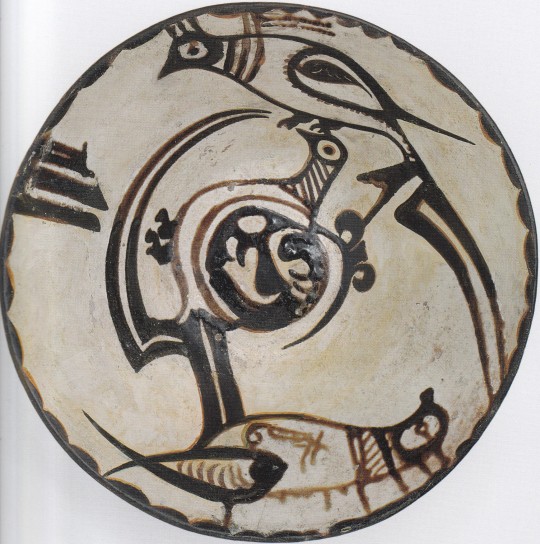

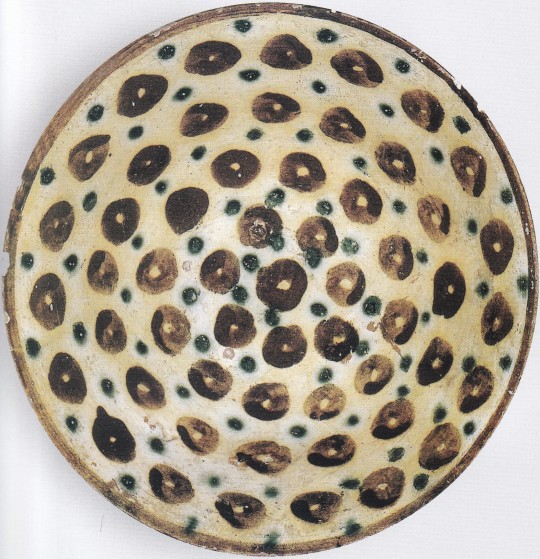

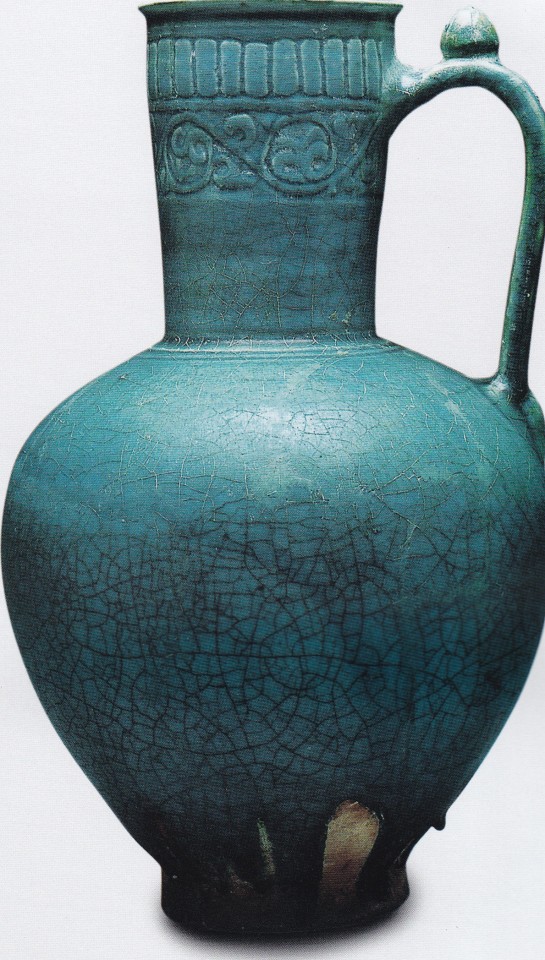
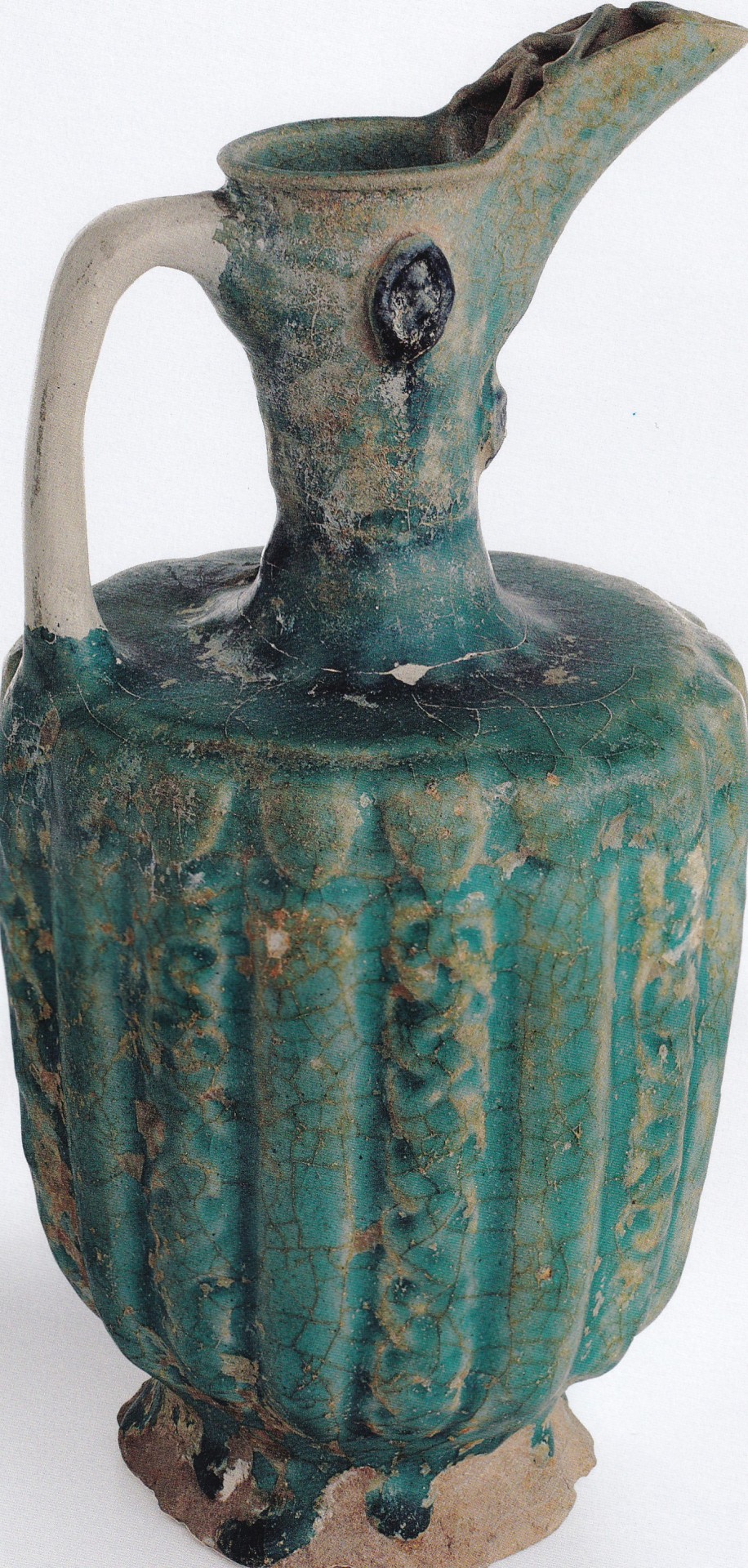
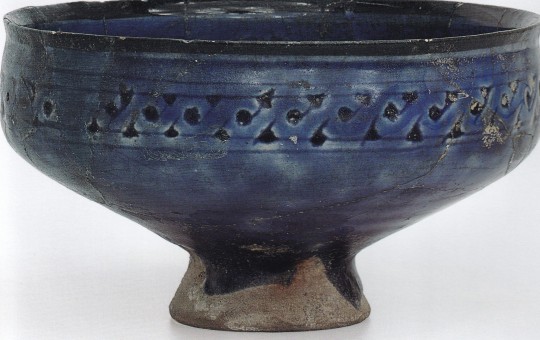


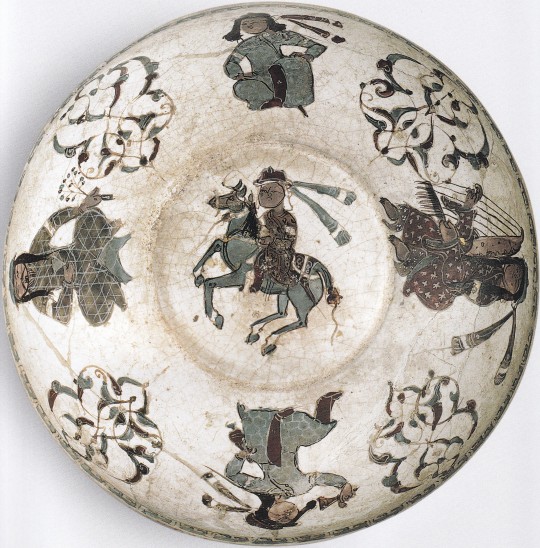


Ceramiche persiane Dal IX al XIV secolo
a cura di Giovanni Curatola
Skira, Milano 2006, 185 pagine, 24,5x29cm, Ediz.Ilustrata, Copertina rigida, ISBN 978-8876247491
euro 40,00
email if you want to buy [email protected]
Catalogo della mostra (Milano, 4 maggio-3 giugno 2006)
Nel complesso e variegato mondo dell'arte islamica le ceramiche occupano un posto di rilievo. In particolare la produzione medievale persiana è stata straordinaria per l'inventiva tecnica, la fantasia e la raffinatezza delle iconografie, raggiungendo esiti artistici difficilmente superabili in campo fittile. Questo volume raccoglie, accanto a celebri esemplari conservati in alcuni prestigiosi musei, una serie di opere inedite. La lettura offre un esauriente panorama della ceramica persiana con un ottimo equilibrio fra analisi tecniche, stilistiche ed estetiche, in modo da far avvicinare con garbo a un'arte di eccezionale qualità e bellezza. Il volume costituisce il catalogo dell'esposizione "Il Cerchio in una Coppa. Ceramiche persiane IX-XIV secolo", Milano, Sala Garzanti 4 maggio-3 giugno 2006.
02/01/24
#Ceramiche persiane#dal IX al XIV secolo#art exhibition catalogue#Milano 2006#arte islamica#cerchio in una coppa#Giovanni Curatola#fashionbooksmilano#designbooksmilano
17 notes
·
View notes
Text
Venezia, Palazzo Ducale: I MONDI DI MARCO POLO
Courtesy Fondazione Musei Civici Venezia I MONDI DI MARCO POLOIl viaggio di un mercante veneziano del DuecentoVenezia, Palazzo Ducale – Appartamento del Doge6 aprile – 29 settembre 2024a cura di Giovanni Curatola e Chiara Squarcina Una mostra per celebrare, ripensare e raccontare Marco Polo: il suo tempo, la sua vita, la sua opera, il viaggio, l’esempio e la sua eredità Un uomo, cittadino del…
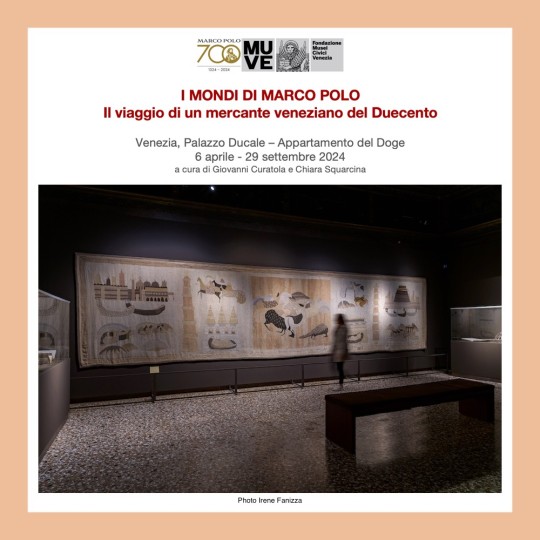
View On WordPress
0 notes
Photo
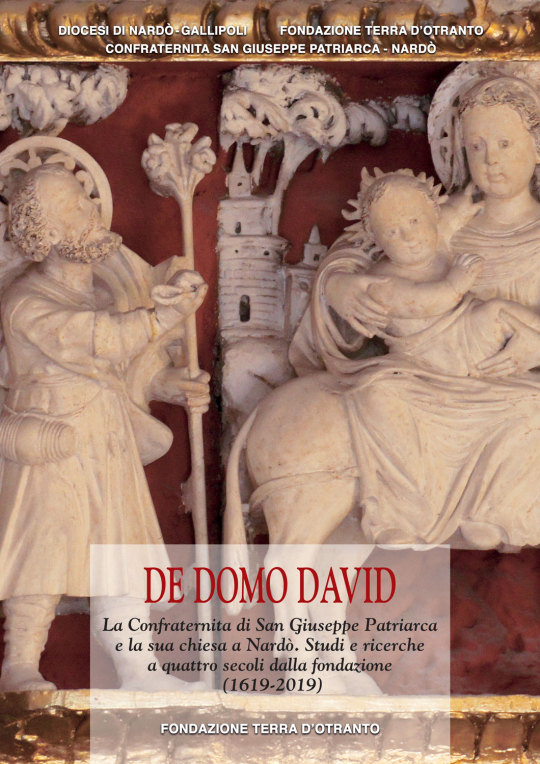
Nuovo post su https://is.gd/lF5aac
De Domo David. 39 autori per i 400 anni della confraternita di San Giuseppe di Nardò
Il 9 novembre 2019, nella chiesa di San Giuseppe a Nardò, è stato presentato il volume De Domo David. La confraternita di San Giuseppe Patriarca e la sua chiesa a Nardò. Studi e ricerche a quattro secoli dalla fondazione (1619-2019), Edizioni Fondazione Terra d’Otranto 2019, 640 pagine, colore, formato A/4, circa 800 illustrazioni, a cura di Marcello Gaballo e Stefania Colafranceschi. Edizione non commerciale
INDICE
Joseph il giusto nei mosaici dell’arco di Santa Maria Maggiore a Roma
Domenico Salamino
La Fuga in Egitto. Suo importante significato teologico
Tarcisio Stramare
Dal Sogno al Transito: iconografie nella chiesa confraternale di San Giuseppe a Nardò
Stefania Colafranceschi
San Giuseppe e la Sacra Famiglia nel fondo antico della Biblioteca Casanatense di Roma
Barbara Mussetto
La pala marmorea dei Mantegazza nella chiesa di Santa Maria Assunta in Campomorto di Siziano (Pavia)
Manuela Bertola
Iconografie di San Giuseppe negli affreschi delle confraternite dei Battuti in diocesi di Concordia-Pordenone
Roberto Castenetto
La basilica di Santa Maria Maggiore di Bergamo e i suoi arazzi
Giovanni Curatola
Hierónimo Gracián e il suo Sommario (1597)
Annarosa Dordoni
Le confraternite dei falegnami in Romagna
Serena Simoni
La confraternita del SS. Crocifisso e S. Giuseppe nella chiesa di San Giuseppe in Cagli (PU)
Giuseppe Aguzzi
La confraternita di San Giuseppe dei Falegnami di Todi e la chiesa di San Giuseppe
Filippo Orsini
San Giuseppe in due dipinti astigiani di età moderna
Stefano Zecchino
La confraternita di San Giuseppe a Borgomanero
Franca Minazzoli
Il culto di San Giuseppe nella città di Napoli e un piccolo esempio di devozione: il quadro di Giovanni Sarnelli nell’Arciconfraternita di San Giuseppe dei Nudi
Ugo Di Furia
Ite ad Joseph. San Giuseppe nella statuaria lignea tra Otto e Novecento: alcuni esempi
Francesco Di Palo
L’oratorio di San Giuseppe di Isola Dovarese. Una pregevole testimonianza settecentesca
Sonia Tassini
Testimonianze giuseppine nella chiesa di San Vincenzo Martire in Nole (Torino)
Federico Valle
L’oratorio di S. Giuseppe di Cortemaggiore (Piacenza)
Annarosa Dordoni
San Giuseppe a Chiusa Sclafani (Palermo) tra arte e devozione
Maria Lucia Bondì
San Giuseppe nell’arte. Sculture lignee di Francesco e Giuseppe Verzella tra Sette e Ottocento in ambito pugliese e campano
Antonio Faita
Memento mori: il Transito di San Giuseppe
Biagio Gamba
Storia e tecnica delle immagini devozionali a stampa
Michele Fortunato Damato
Dal XVI al XIX secolo, quattro secoli di pizzo su carta
Gianluca Lo Cicero
Stampe popolari giuseppine nel museo di Pitrè di Palermo
Eliana Calandra
Le confraternite di S. Giuseppe in Puglia tra storia e religiosità popolare
Vincenza Musardo Talò
Le Regole della confraternita di San Giuseppe Patriarca di Nardò, un esempio «moderno» del fenomeno confraternale
Marco Carratta
Arte e devozione ad Altamura. La cappella di San Giuseppe in cattedrale
Ruggiero Doronzo
Alcuni esempi di iconografia giuseppina a Taranto
Nicola Fasano
In margine all’iconografia di San Giuseppe: il ciclo pittorico di Girolamo Cenatempo nella cappella del Transito di San Giuseppe a Barletta
Ruggiero Doronzo
Sponsus et custos. Iconografia, culto e devozione per San Giuseppe nell’arco jonico occidentale. Exempla selecta
Domenico L. Giacovell
La raffigurazione di San Giuseppe negli argenti pugliesi
Giovanni Boraccesi
Esempi di iconografia giuseppina tra Puglia e Campania. Proposte per Gian Domenico Catalano, Giovan Bernardo Azzolino, Giovanni Antonio D’Amato, Giovan Vincenzo Forlì
Marino Caringella
Postille iconografiche su Cesare Fracanzano. Alcuni esempi della devozione giuseppina
Ruggiero Doronzo
I Teatini e il culto di san Giuseppe a Bitonto
Ruggiero Doronzo
Esempi di antiche pitture parietali giuseppine nel leccese
Stefano Cortese
La figura di san Giuseppe nella pittura post tridentina in diocesi di Lecce
Valentina Antonucci
San Giuseppe nella pittura d’età moderna nelle diocesi di Otranto e Ugento
Stefano Tanisi
Da comparsa a protagonista. Giuseppe in alcune opere pittoriche e in cartapesta della diocesi di Nardò-Gallipoli
Nicola Cleopazzo
La devozione a san Giuseppe in Parabita (Lecce). Il culto e le raffigurazioni del santo
Giuseppe Fai
Integrazioni documentarie e nuove fonti archivistiche per la storia della chiesa e della confraternita di San Giuseppe a Nardò
Marcello Gaballo
Esemplificazioni iconografiche giuseppine a Galatone (Lecce)
Antonio Solmona
L’altare maggiore della chiesa di San Giuseppe a Nardò
Stefania Colafranceschi
Vedute di Nardò nella tela dell’altare maggiore in San Giuseppe a Nardò
Marcello Gaballo
Comparazioni strutturali e integrazioni architettoniche settecentesche nella chiesa di San Giuseppe a Nardò
Fabrizio Suppressa
L’altorilievo neritino de La Sacra Famiglia in Viaggio nella chiesa di San Giuseppe
Stefania Colafranceschi
#Altamura#Annarosa Dordoni#Antonio Faita#Antonio Solmona#Barbara Mussetto#Biagio Gamba#Biblioteca Casanatense#Borgomanero#Cagli#chiesa confraternale di San Giuseppe a Nardò#chiesa San Vincenzo Martire in Nole#Chiusa Sclafani#confraternita del SS. Crocifisso e S. Giuseppe#confraternita san Giuseppe#confraternita San Giuseppe dei Falegnami#confraternite dei Battuti#confraternite dei falegnami#De Domo David. La confraternita di San Giuseppe Patriarca e la sua chiesa a Nardò#Domenico L. Giacovelli#Domenico Salamino#Eliana Calandra#Fabrizio Suppressa#Federico Valle#Filippo Orsini#Franca Minazzoli#Francesco Di Palo#Francesco e Giuseppe Verzella#Gian Domenico Catalano#Gianluca Lo cicero#Giovan Bernardo Azzolino
0 notes
Text
Research Proposal Submission
11/12/18
1. Reference Number:
DUROM.1965.5
2. Initial Description
This object functions as a container: a vase. It is Persian-shaped and has been painted by hand as an imitation of Chinese blue and white porcelain floral design. The vase is in fair condition with some cracks and chips. The dimensions of the vase are h41cm x w18cm. The vase was manufactured in the Netherlands. Unknown date.
3. Rationale for Choice
I am currently studying for a BA in Chinese Studies. Last year I took a history module which focused on the Ming and Qing Dynasties in Chinese history. Through this module I learned about the material culture of the Ming Dynasty; highlighted through the production and exchange of Ming blue and white porcelain. We also looked a lot about trade and commerce between the West and China. This prior knowledge of the Chinese porcelain trade has influenced my choice of object for the Objects of Desire module. I am very interested in the art and culture of China and I would like to have a deeper understanding of it. However, when I saw this vase it stood out as it was very different to the Chinese white and blue porcelain that I was familiar with. Its unique and Islamic style shape caught my eye. I had no prior knowledge of Islamic art and ceramics before I took this module but aesthetically I think that the Islamic material world is spectacular and it is something I would like to study more about. I am a lover of ceramics and pottery and I have some experience in pottery-making myself. This is another factor that has influenced my choice of this Object of Desire.
4. Contact with the Oriental Museum
I have been in contact with Rachel Barclay at the Oriental Museum and I have also had a meeting with her to access the object’s file. Rachel also allowed me to have a first hand encounter and handling session with the object. I was able to see the vase in a lot more detail than I had before and I also had the opportunity to take some close-up pictures.
5. Review of Existing Information
Although there was not an extensive amount of information in the object’s file in the Oriental Museum, there were some interesting articles and information on the collector of the object which could be explored further. What I also learned was that the Vase had been thought to have been Persian (with the decoration having been influenced by Chinese floral patterns) until the visit of an Islamic art specialist a couple of years ago who found that the vase was not Persian but in fact had been manufactured in the Netherlands. During the object handling session, I was also surprised to find that the chips on the vase revealed that the object was not made with porcelain. There is no information on the exact date or period that the object comes from and there is also no information on what materials were used. I would like to research this more and find these answers out. The fact that no one has chosen this object before and there is a limited amount of information that the Museum possess about it really excites me. There are a large number of possibilities that can be explored and hopefully a lot can be discovered about this mysterious object.
6. Literature Review
There is an extensive supply of material at the Bill Bryson Library that will assist my research. Of course, there is also a lot of information that can be accessed online. During the holidays I will return home to Edinburgh where I am lucky enough to have access to the National Library of Scotland and other local libraries which will be very helpful to my research of the vase.
I have began to look at some key texts which I can access and should be used:
“Chinese Ceramics: The New Standard Guide” by He Li - available at the Oriental Museum library and Bill Bryson
“Designs as signs: decoration and Chinese ceramics” - Stacey Pierson - Oriental Museum
“Islamic chinoiserie: the art of Mongol Iran” - Yuka Kadoi - Bill Bryson
“Islamic Ceramics” - James W. Allan - Bill Bryson
“Ceramics from Islamic Lands” - Oliver Watson - Bill Bryson
“The Cobalt Blue Pigment used on Islamic Ceramics and Chinese Blue-and-white Porcelains” - Rui Wen - not available at University Library
“beyond the Palace Walls: Islamic art from the State Heritage Museum: Islamic art in a world context” - Piotrovskii, Pritula
“Persian Ceramics: From the 9th to the 14th Century” - Curatola Giovanni
“Porcelain Stories: From China to Europe” - Emerson, Chen, Gates
“Chinese Armorial Porcelain for the Dutch Market” - Jochem Kroes
“Porcelain and the Dutch China Trade” - C.J.A. Jorg - Bill Bryson
“the Dutch East India Company and the China Trade” - C, Boxer
“Song Blue and White Porcelain on the Silk Road” - Adam Kessler
“The Silk Road: A Very Short Introduction” - James Millward
“Dutch Art Nouveau and Art Deco Ceramics: 1880-1940: The Bojimans Museum Collection”
V&A Reading Lists
The MET Heibrunn Timeline of Art History
7. Further Sources
Local and National specialists:
Stacey Pierson, Senior Lecturer in Chinese Ceramics - [email protected], Anna Contadini, Professor of the History of Islamic Art - [email protected], Lyon and Turnbull, National Museum of Scotland have a large collection of Chinese ceramics, Dr. Rosina Buckland: Senior Curator, East and Central Asia - [email protected], Dr. Qin Cao: Curator, Chinese collections - [email protected], Rosanna Nicolson: Assistant Curator, Middle East and South Asia - [email protected], Friederike Voigt: Senior Curator, Middle East and South Asia (esp. material culture of Iran) - [email protected], Ming Wilson, Senior Curator at V&A, Chinese ceramics
Durham University staff
Useful museums
Oriental Museum, Durham
Edinburgh = National Museum of Scotland and Confucius Institute of Scotland
Kelvingrove Art gallery and Museum, Glasgow
London = V&A, The British Museum
Museum of East Asian Art, Bath
8. Research Questions
At this point in time, due to the limited information that is already existing for the object I want to keep my research holistic. Some of the possible avenues that can be explored further include:
History of Chinese white and blue porcelain
Chinese decoration and imagery
Islamic style ceramics and shapes
Dutch interest in Islamic art and ceramics
Dutch ceramic production - looking at the material used and how it would have been manufactured
Influence of native Dutch pottery and ceramics on the vase
Silk Route trading (Dutch porcelain trade with China and trade between Islamic world and China)
Persian cobalt
The buyer of the product - Fred Olsen
Re-identification of the object - original beliefs and the history of the vase’s identity
Japanese vs Chinese porcelain - is this definitely Chinese influenced?
Who would have been the target audience for the vase? Was it for domestic use etc.? how expensive would it have been?
9. Reflective Analysis
Getting an exact production date for the object may be quite difficult as there is a large number of imitations that were produced over quite an extensive time period.
I may encounter difficulties with understanding the language of texts and resources since I will likely deal with Dutch, Islamic and Chinese material. However, I do hope to utilise my knowledge of Chinese to access information that is not available in English.
There may be some issues that arise when in contact with specialists as I understand that they will not have access to the object at the same time so they will probably require high quality images and thorough description so that they can picture the vase.
0 notes
Text
Arte della Civiltà Islamica. La Collezione al-Sabah, Kuwait
Arte della Civiltà Islamica. La Collezione al-Sabah, Kuwait
Servizio di Valeria Palumbo e Carlo Rotondo sulla mostra Arte della Civiltà Islamica. La Collezione al-Sabah, Kuwait alle Scuderia del Quirinale di Roma. (more…)
View On WordPress
0 notes
Text











Ceramiche Persiane IX-XIV Secolo - Michail
a cura di Giovanni Curatola
Michail, Ancient & Islamic Pottery, Milano 1993, 103 pagine, 23x23cm,
euro 45,00
email if you want to buy [email protected]
Mostra Milano Michail c/o Galleria Garzanti Via Spiga 30
Cento emozioni nella preziosa ed elegante collezione di ceramiche antiche ideata e realizzata da Louise Michail e la figlia Narghes Sorgato, frutto di un’appassionata e competente ricerca di anni. Piccoli capolavori dell’arte fittile prodotti in Persia tra il IX e il XIV secolo. Rare ceramiche da Nishapur, con decorazioni a macchie, a stampo, epigrafiche, spesso recanti interessanti ornamentazioni a tema naturalistico, realizzate con la tecnica a lustro metallico sotto invetriatura. Uno scroscio di genialità ed estro proveniente dalle steppe centro-asiatiche, ricca di soluzioni tecniche sofisticate, frutto di sperimentazioni continue e originali. Cerchi immaginifici, monocromatici o in vivaci bicromie, per questi preziosi reperti medievali, ognuno dei quali ci racconta una storia, talvolta ci reca attraverso i secoli un messaggio a contenuto beneaugurale capace di emozionare come se fosse stato scritto ai giorni nostri.
02/01/24
#Ceramiche persiane#exhibition catalogue#Michail Milano 1993#ancient and islamic pottery#Nishapur#Giovanni Curatola#art books#designbooksmilano#fashionbooksmilano
8 notes
·
View notes
Text
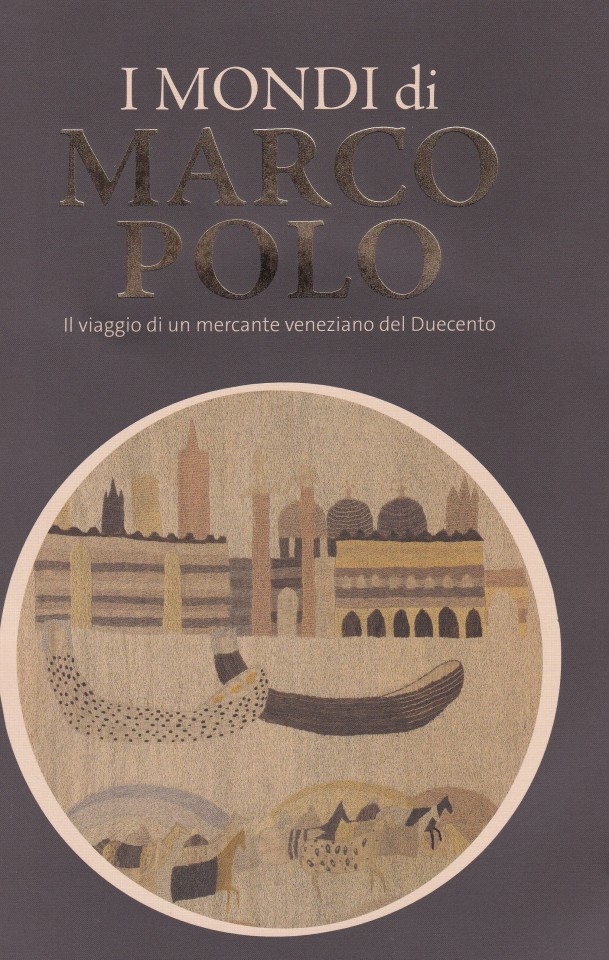
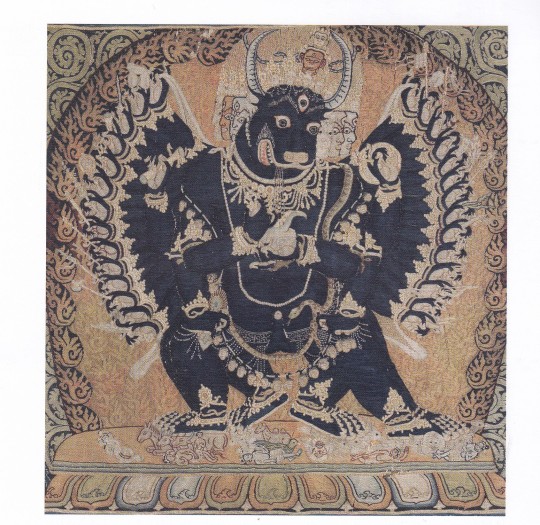


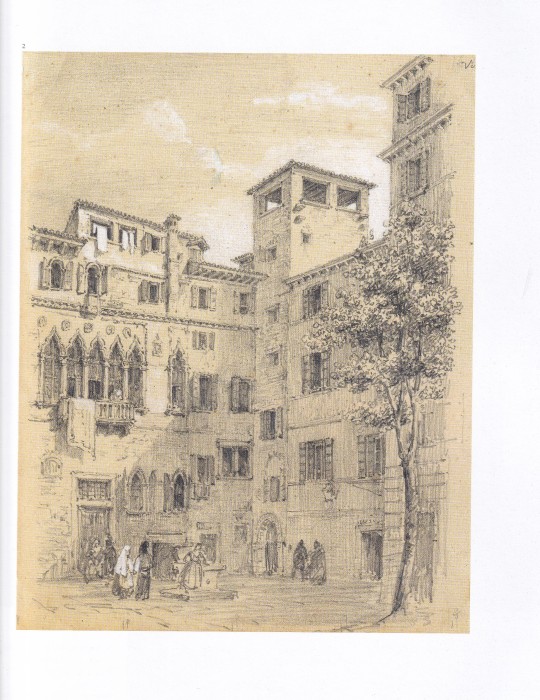

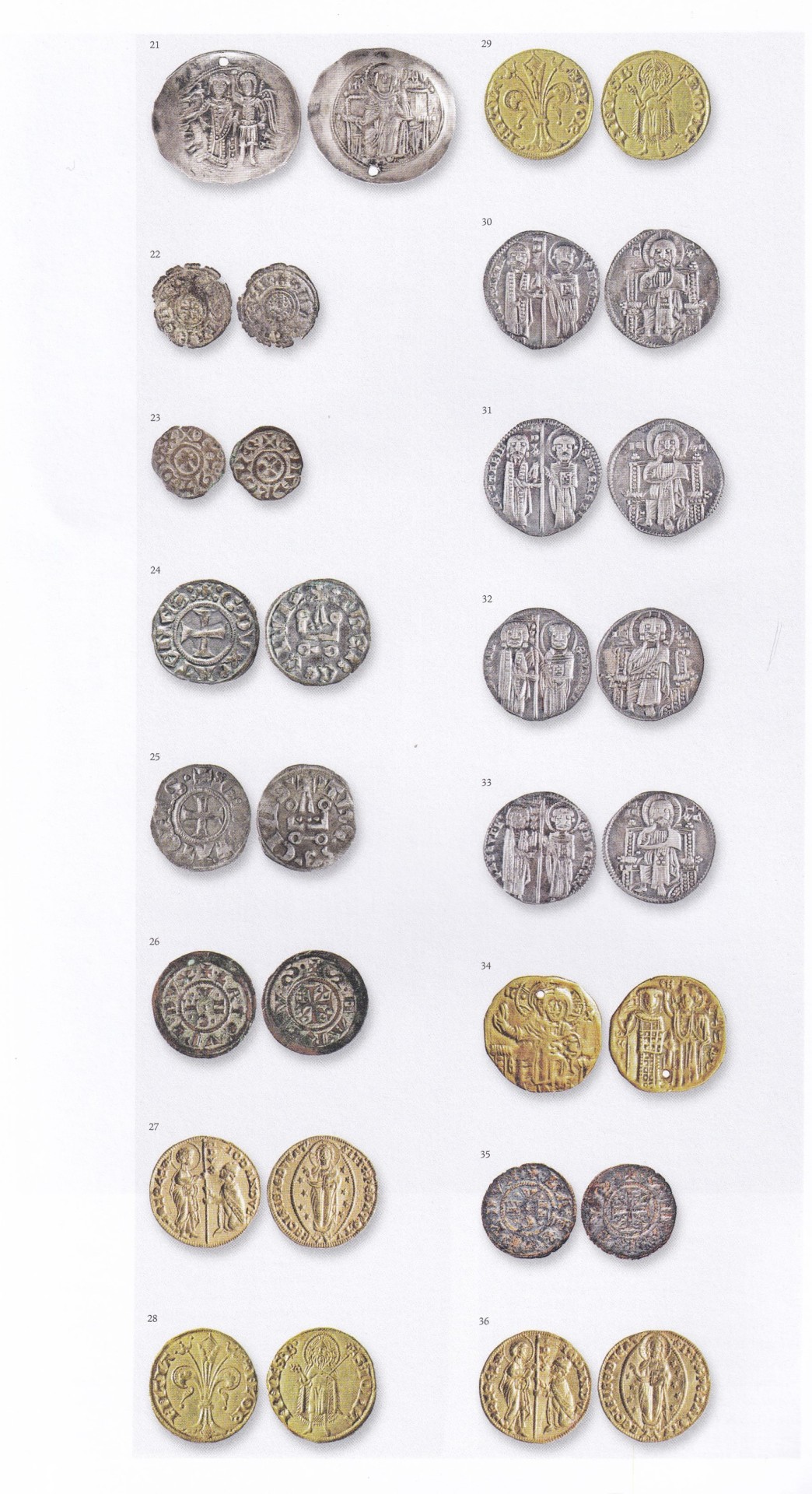

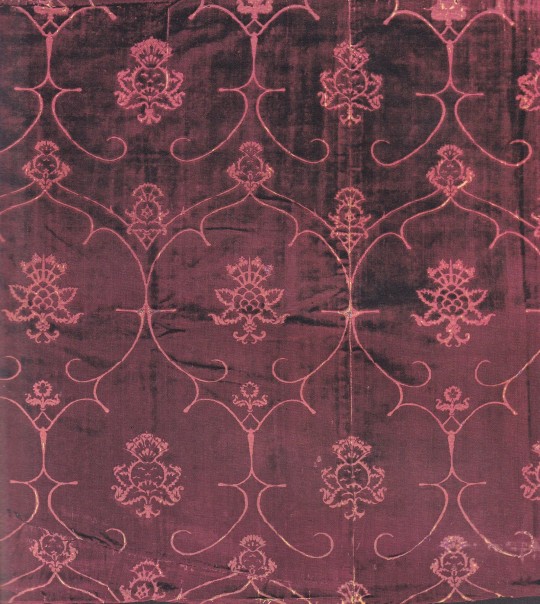
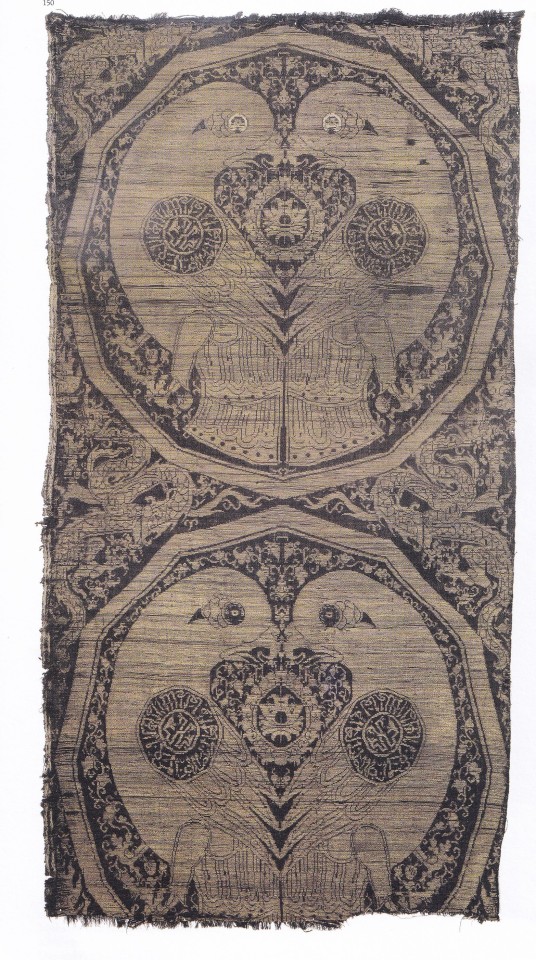





I mondi di Marco Polo
Il viaggio di un mercante veneziano del Duecento
a cura di Giovanni Curatola, Chiara Squarcina
testi di Michela Agazzi, Alvise Andreose, Eugenio Burgio, Stefano Causa, Rossella Cester, Arabella Cifani, Cristina Crisafulli, Giovanni Curatola, Daniele D’Anza, Piero Falchetta, Marco Guglielminotti Trivel, Vasco La Salvia, Michele Nucciotti, Zara Pogossian, Sabrina Rastelli, Chiara Squarcina
Magonza Editore, Arezzo 2024, 400 pagine, 20x28cm,ISBN 978-88-31280-99-0
euro 38,00
email if you want to buy [email protected]
Il catalogo della mostra di Palazzo Ducale a Venezia (6 aprile – 29 settembre 2024) è il libro ufficiale delle celebrazioni dei 700 anni dalla morte di Marco Polo, e ripercorre – attraverso studi inediti e opere preziose quanto eterogenee – la vita, i viaggi e le scoperte del più grande esploratore di tutti i tempi, con attenzione inoltre alle interpretazioni contemporanee che molti artisti hanno dedicato a questo personaggio.
Il volume, che si presenta come opera di riferimento su Marco Polo, mette in scena l’amore per la conoscenza del mondo e dell’altro, attraverso una galleria di immagini, opere e reperti provenienti dall’Armenia, dalla Cina, dal Qatar, dal Canada, dalla Francia, da molte collezioni e altre importanti istituzioni nel mondo.
Le varie sezioni del volume – con dei focus sulla cartografia, sulle aree di interesse dei viaggi di Marco Polo e delle scoperte mai pubblicate sinora sulla sua casa a Venezia – permetteranno di rileggere la geografia fisica, politica e umana degli incontri di Marco Polo in Asia.
17/04/24
#Marco Polo#exhibition catalogue#Palazzo Ducale Venezia 2024#Armenia#Cina#Qatar#Asia#fashionbooksmilano
9 notes
·
View notes